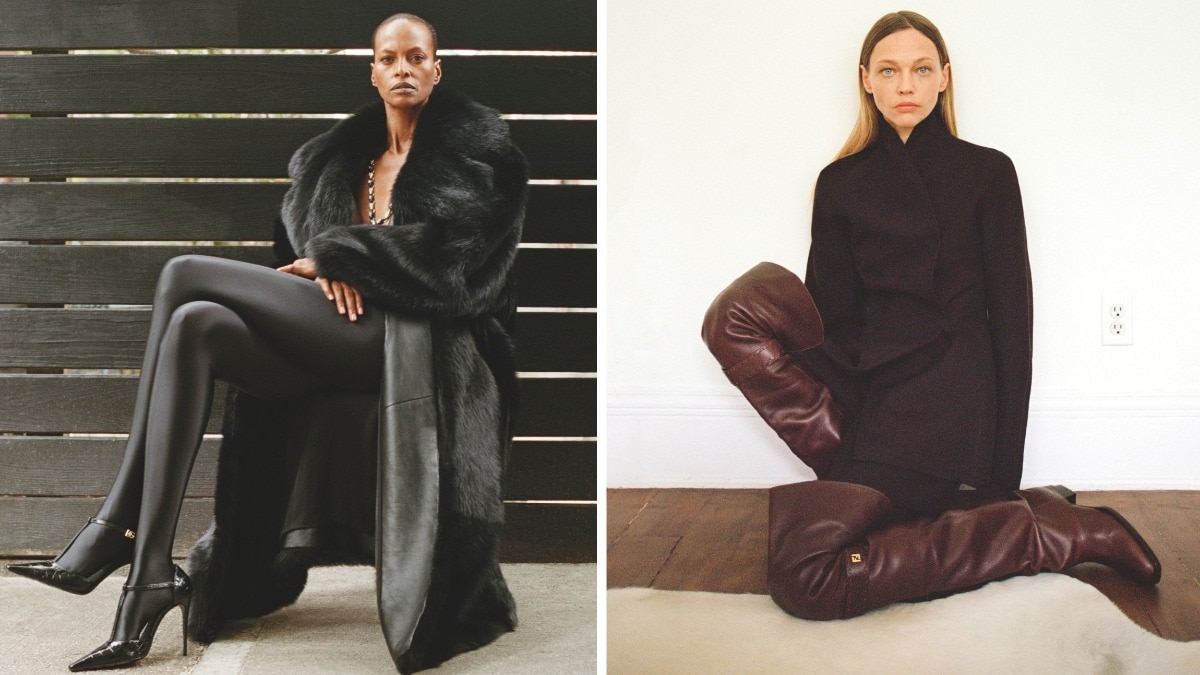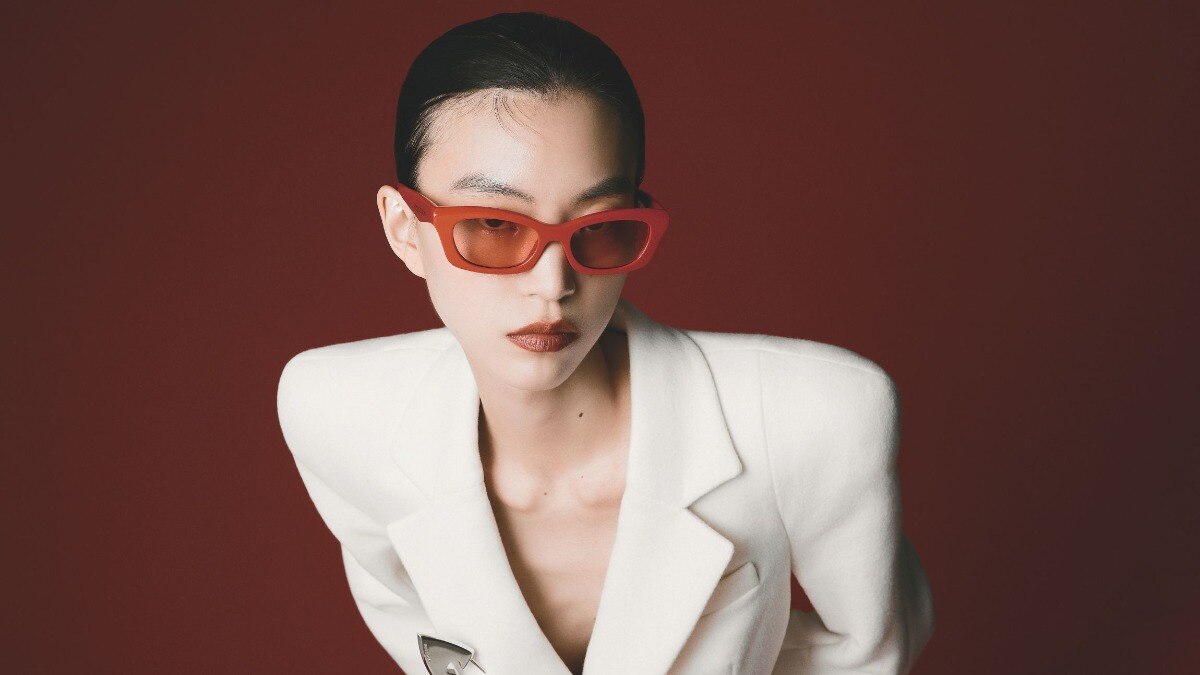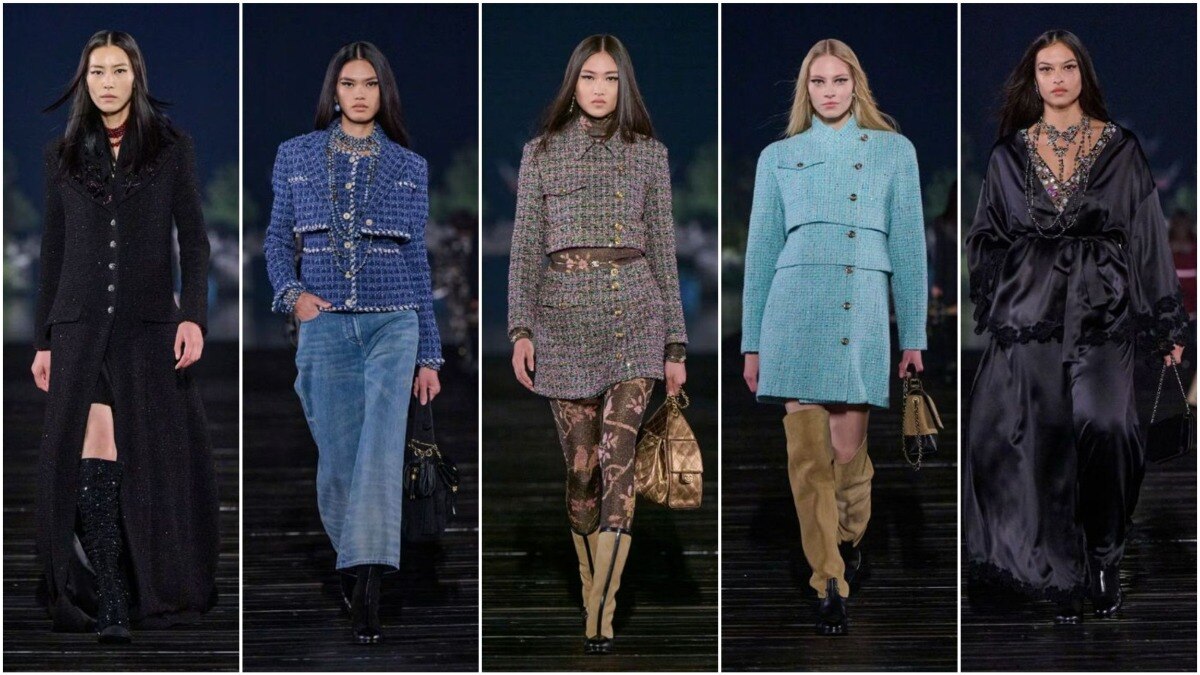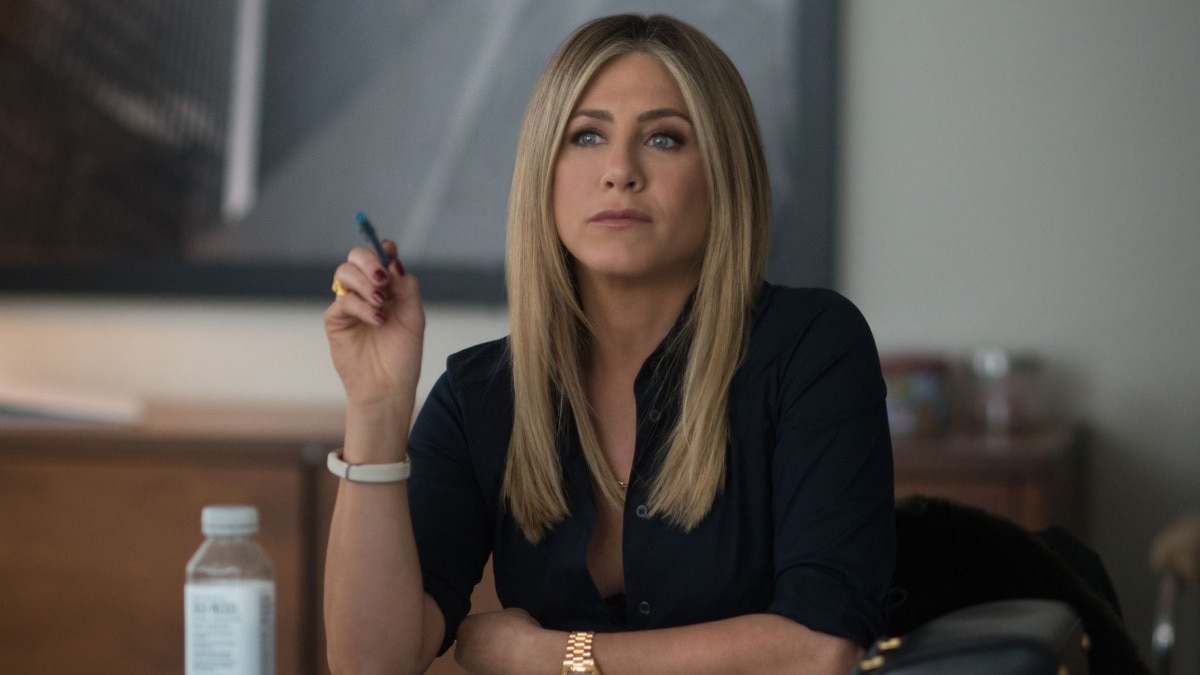
Cheney Chan, who has dressed Coco Rocha and Anya Taylor, speaks to Bazaar India about being the critic's favourite at Paris Fashion Week 2024
The artist and creative director of the synonymous label has got the world to sit up and notice, one design at a time. He talks about his ‘Dream in Bloom’ collection, his approach to design, and more.


It is one thing to showcase your collection at Paris Fashion Week and another to be the most talked-about designer at this annual fashion extravaganza in the French capital. Independent designer, Cheney Chan, creative director and founder of his eponymous brand was lauded by fashion enthusiasts and critics alike at Paris Fashion Week 2024 for elegantly blending the oriental charm of ancient China with modern design.
The designer has been in the limelight for dressing Coco Rocha for her The Most Precious of Cargoes Cannes Film Festival premiere and creating a pure, ethereal white gown—Private No.074—for Anya Taylor Joy. While Joy’s skirt design resembled a blossoming flower, Rocha’s sculptural white dress looked like delicate flower petals. The gown also featured a green bedazzled border to make the piece even more realistic.

The common factor between these dresses, in addition to the floral influence, is Chan’s finesse in bringing together distinctive fashion concepts and interpreting Eastern and Western cultures. Chan is known for his signature ‘Feng Ya Qi’ silhouette design, which redraws contemporary architectural structures with classical Chinese elements to showcase the graceful curves of women and the waist-to-hip ratio.
In an exclusive interview with Bazaar India, the designer lets us in on his design inspiration, his favourite part of the process, and more.
Harper’s Bazaar: Your collection ‘Dream in Bloom’ features elements inspired by flowers and butterflies. Could you elaborate on how these natural motifs influence your design process?
Cheney Chan: I was inspired by women in Kun opera stories, one of the oldest theaters in the world. I imagined each woman as an unique rose, representing different personalities and characteristics. The butterfly, representing rebirth, stands for every woman who bravely breaks free from her prison to find her true self. Compared to ancient times, women today are able to bloom beautifully and spread their wings like butterflies.

HB: Nature seems to be a significant source of inspiration for you. Can you tell us about how your personal experiences with nature influence your creative process and design choices?
CC: As a child, I have always been surrounded by flowers and nature; we have had a garden in our house since I was a kid and my grandfather also has a lot of flowers. In fact, there is a huge plum tree in my home, and every winter, there is a thick layer of plum petals on the ground and its fragrance lingers in the air. When I grew up, I always insisted on buying fresh flowers every week. I also had my own yard dotted with my favourite plants.
HB: The concept of transformation, as represented by the butterfly and blooming flower in your designs, is deeply poetic. How do you translate this into tangible design elements?
CC: I often visualise abstract concepts, take for instance rebirth and how butterflies represent it. Every shape and every design element contains a unique meaning.

HB: Your designs are noted for their delicate and ethereal qualities. Could you share insights into your approach to achieving these effects through fabric choice and construction techniques?
CC: When I first wanted to be a designer 12 years ago, an accidental shopping experience in a fabric market made me notice this ancient and unique fabric variety: organza satin. The fabric is fragile and expensive, so I immediately made a butterfly wedding dress with it.
HB: How do you balance integrating classical Chinese elements and modern design techniques, especially when everything we see is trend-driven these days?
CC: When we explore traditional Chinese crafts, we only explore its techniques. When we use traditional crafts, we always explore some new things and combine them with trends.

HB: Do you incorporate current trends into your designs, given that many most things today are influenced by what's trending online? How does this influence your creative process, if at all?
CC: I will refer to the suggestions on the Internet and use the method I think is correct to design and produce. I lead myself.
HB: Tell us about a piece or a collection that is the most personal to you.
CC: It’s always the next collection, because I design for ladies and not myself.

HB: Your work is deeply influenced by Chinese culture. How important is this cultural connection to you, and how do you translate these into your designs?
CC: We grew up in a Chinese cultural background, and my perspective on the direction of things is different.

HB: Looking ahead, are there any new themes or inspirations you are eager to explore in future collections? How do you envision growing your brand while staying true to the core principles that have defined your work so far?
CC: I am still researching with my team. My core principle is: never pursue trends. I use what I see to change the beauty of the world.
Image credits: Cheney Chan
Also read: A peek into Bhanu Athaiya's iconic creations that shaped the look of Hindi cinema
Also read: Indian designers who are at the forefront of international red carpets










